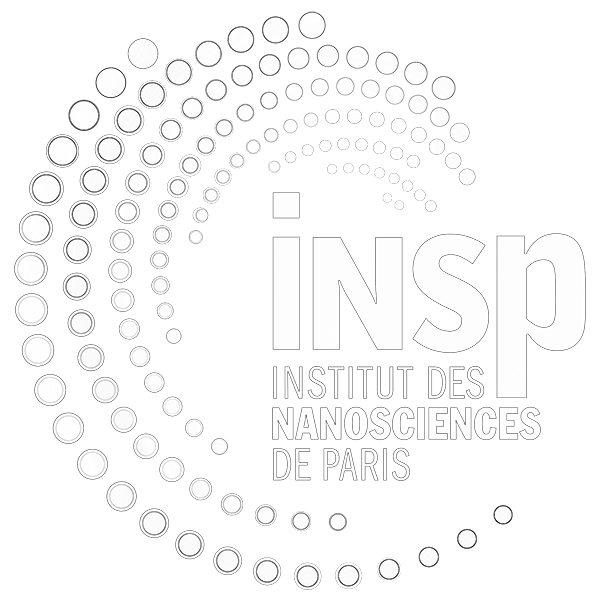How to investigate plasmonic nanoparticles smaller than the diffraction limit with optical microscopy?

Analysing nanoparticles with optical microscopy is a challenge: indeed, those nanoparticles are 10 times smaller than the theoretical resolution of any microscope, the diffraction limit. This limit is around 300 nm in our case. Dark field optical microscopy is a technique to characterize plasmonic nanoparticles with many advantages: inexpensive compared to usual alternatives, quick to setup and accessible to everyone. It involves collecting and analysing light backscattered by the sample. Thanks to this technique, and by correlating our results with near field microscopy (AFM), we have explained in a tutorial article how to visualize and characterize optical properties of single gold nanoparticles with sizes ranging from 90 nm to 25 nm by optical spectroscopy, thanks to the intrinsic plasmonic properties of gold nanoparticles exalting the signal.
Reference
Claire Abadie, Mingyang Liu, Yoann Prado, and Olivier Pluchery, “Hyperspectral dark-field optical microscopy correlated to atomic force microscopy for the analysis of single plasmonic nanoparticles: tutorial,” J. Opt. Soc. Am. B 41, 1678-1691 (2024)
Caption: (a) Dark-field optical microscopy image showing single or dual gold nanoparticles of size 90 nm on a glass substrate. (b) Same area observed with AFM. Both images are of size 5 µm x 5 µm.

